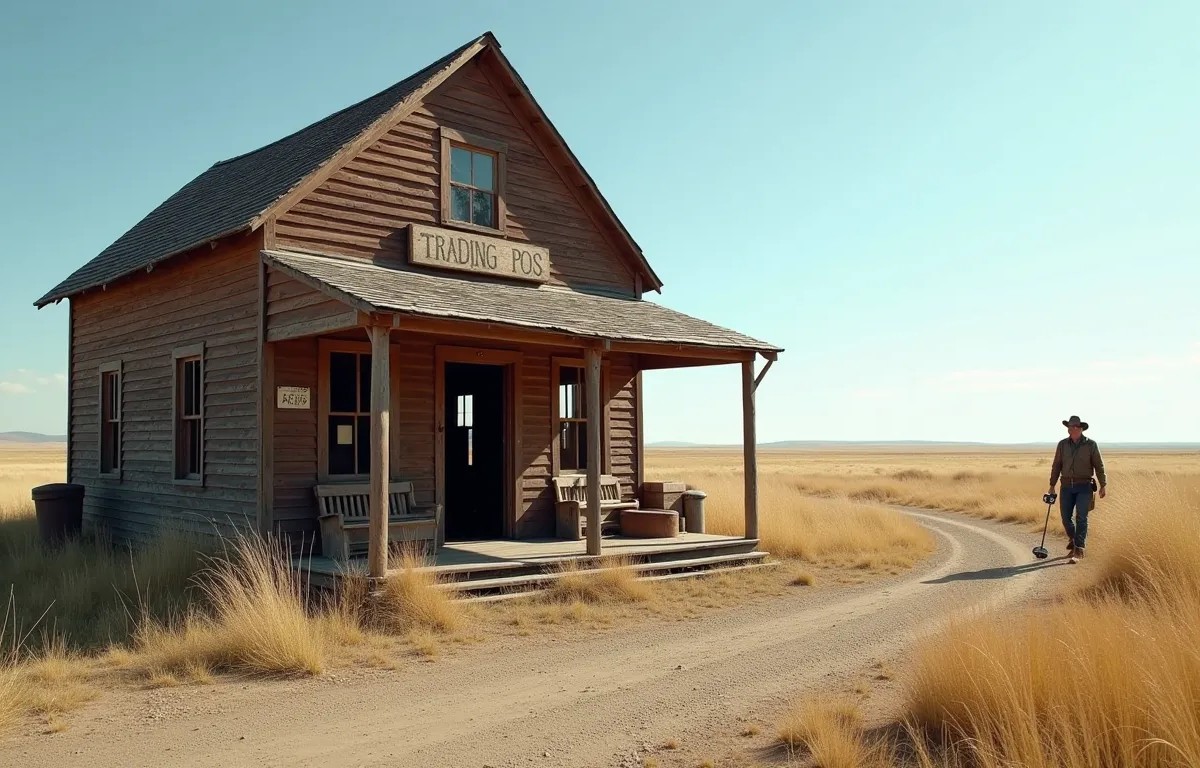Secrets Of Dakota’s Lost Frontier Outposts

Have you ever wondered what life was like in the old frontier days? Dakota's lost frontier outposts hold many secrets waiting to be uncovered. These hidden gems offer a glimpse into a time when pioneers braved the wild, seeking new opportunities and adventures. Imagine walking through ghost towns, exploring abandoned forts, and seeing relics from a bygone era. Each outpost tells a unique story of survival, hope, and determination. Whether you're a history buff or just love a good adventure, these forgotten places will transport you back in time. Ready to step into the past and discover Dakota's hidden history? Let's go!
Discovering Dakota's Hidden Gems
Dakota's lost frontier outposts hold stories of adventure, resilience, and history. These hidden gems offer a glimpse into a bygone era, where pioneers and settlers carved out lives in the vast wilderness. Let's uncover some of these fascinating places.
1. Fort Abraham Lincoln
Fort Abraham Lincoln, located near Mandan, North Dakota, is a historic site that once served as a military post. It was the home of the 7th Cavalry, commanded by Lt. Col. George Armstrong Custer. Today, visitors can explore reconstructed buildings, including Custer's house, and learn about the fort's role in the Indian Wars.
2. Fort Totten
Fort Totten, situated near Devils Lake, North Dakota, was established in 1867 to protect settlers and railroad workers. This well-preserved site now functions as a state historic park, offering a glimpse into military life on the frontier. The original buildings, including barracks, a hospital, and a school, are open for tours.
3. Fort Sisseton
Fort Sisseton, located in northeastern South Dakota, is a beautifully preserved military post from the 1860s. The fort played a crucial role in the Dakota Territory's defense and served as a supply depot. Visitors can explore the original buildings, such as the guardhouse, officers' quarters, and stables, while learning about the fort's history through interpretive exhibits.
4. Fort Buford
Fort Buford, near the confluence of the Missouri and Yellowstone Rivers in North Dakota, was established in 1866. It served as a key military outpost during the Indian Wars and was the site of Sitting Bull's surrender in 1881. The fort's museum and reconstructed buildings provide insight into the lives of soldiers and Native Americans during this tumultuous period.
5. Fort Pierre Chouteau
Fort Pierre Chouteau, located in central South Dakota, was a major fur trading post in the early 19th century. Established by the American Fur Company, it played a significant role in the region's economy and interactions with Native American tribes. Today, visitors can explore the archaeological site and learn about the fort's history through interpretive signs and exhibits.
6. Fort Rice
Fort Rice, established in 1864 along the Missouri River in North Dakota, was a key military post during the Indian Wars. The fort's primary purpose was to protect settlers and facilitate westward expansion. Although little remains of the original fort, the site offers interpretive signs and a peaceful setting to reflect on its historical significance.
7. Fort Randall
Fort Randall, located near Pickstown, South Dakota, was established in 1856 to protect settlers and maintain peace with Native American tribes. The fort played a vital role in the region's development and served as a supply depot for military expeditions. Visitors can explore the remnants of the fort, including the chapel and cemetery, and learn about its history through interpretive exhibits.
8. Fort Abercrombie
Fort Abercrombie, situated along the Red River in North Dakota, was established in 1857 as the first military post in the Dakota Territory. The fort played a crucial role in protecting settlers and facilitating trade. Today, visitors can explore the reconstructed buildings, including the blockhouse and guardhouse, and learn about the fort's history through exhibits and guided tours.
9. Fort Meade
Fort Meade, located near Sturgis, South Dakota, was established in 1878 to protect settlers and maintain order in the region. The fort played a significant role in the Indian Wars and later served as a training ground for soldiers during World War I and II. Visitors can explore the historic buildings, including the museum, and learn about the fort's military history.
10. Fort Yates
Fort Yates, situated on the Standing Rock Indian Reservation in North Dakota, was established in 1874 to maintain peace between settlers and Native American tribes. The fort played a crucial role in the region's history and later became the headquarters for the Standing Rock Agency. Visitors can explore the remnants of the fort and learn about its history through interpretive signs and exhibits.
Discovering Dakota's Hidden Gems
Exploring Dakota's lost frontier outposts offers a unique glimpse into history. These hidden gems, like Fort Abraham Lincoln and Fort Totten, provide a window into the past. Walking through these sites, you can almost hear the echoes of pioneers and soldiers who once lived there. The rich history and stunning landscapes make these outposts worth visiting.
Plan your trip to include stops at these historical sites. Each outpost tells a different story, adding depth to your understanding of Dakota's past. Don't forget to bring a camera to capture the breathtaking views and historical landmarks.
Whether you're a history buff or just looking for a unique adventure, Dakota's lost frontier outposts won't disappoint. They offer a blend of education, beauty, and adventure that few other destinations can match. So pack your bags and set out to uncover the secrets of Dakota's hidden gems.

